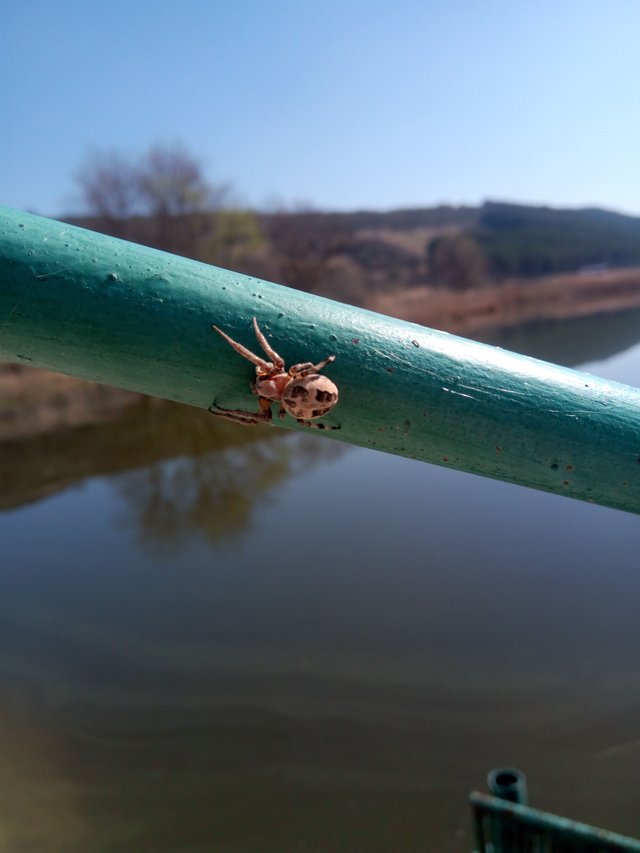
1.. Arachnids have their own giant like the Goliath Bible. It is the Goliat tarantula living in the tropical forests of northeastern South America, an opportunistic predator who consumes everything that passes through it and has an appropriate dimension. Its food is mainly made up of other invertebrates, especially ruminants, and rarer mammals, amphibians or reptiles.
Tarantula Goliat also consumes birds and can grow big as a pizza dish of about 30 centimeters.
On the opposite pole, the smallest spider in the world lives in Borneo and has the size of a pile.
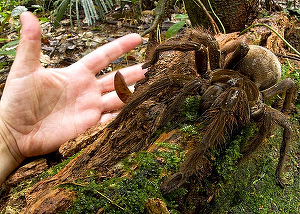
- The poet Ovid in Ancient Greece wrote the story of the young Arachne, who strove to be the most skillful weaver, better than the goddess Athena who invented this craft. At the hearing of these news, the goddess was angered, turned into an old lady and went to observe to the woman that her lack of modesty could upset the Olympians.
But Arachne hurt her, and continued to take pride in her understanding. Athens then revealed its identity and struggled with the dead. The goddess weaved famous scenes in which he had won and several scenes in which mortals were punished by gods for their defiance. Instead, Arachne weaved scenes in which he ridiculed the gods, such as those in which Zeus deceived his wife, Hera, Leda, Danae, and Europe.
![1280px-diego-velazquez-014.jpg]
( )
)
Athens was impressed by the beauty of the fabric, but she was angry about the subjects used by the woman so she hit her and broke them. Frightened and ashamed, Arachne hung, but the goddess showed her mercy not letting her die but turning her into a spider, and the rope with which she had hung in a thread.
3.Almost all spiders are poisonous, but the role of their venom is to paralyze their prey, not to harm people. Of the known species of spiders, only 25 have venom that can affect people. The most famous venomous spiders in the United States are the black widow and the brown heron spider whose bites have caused more deaths in the past two decades.
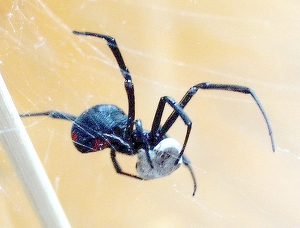
The black widow's vagina creates the Latrodectism syndrome in humans, which is manifested by extremely serious skin or systemic disorders. The black widow's bite can be fatal. A few years ago there have been numerous cases of this spider's bites on the Romanian seaside. Several people have reached the hospital for this reason.The brownish hermit spider has a length of 20 millimeters in length, weaves its irregular cloths in retreated areas and leaves it during the night to go hunting and has been found over the years in boxes, underwear, clothes and footwear.
4.In some cultures, spiders are seen as delicacies for hundreds of years. In the South Pacific, for example, people eat the same types of spiders they use in the tissue of fishing nets. Paianjeni are fried and sold by street merchants. Those who have tasted this delicacy say spiders have a taste of nuts and are sticky like peanut butter.
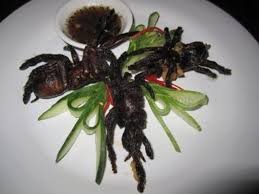
5.Most spiders are "cannibals". Females can sometimes eat their partners even during the mating ritual. At the same time, some species hunt other spiders, developing new methods to catch them.
The researchers found that in the Hogna helluo species, the wolf spider, large males are never eaten by the partners, while small males are consumed in about 80% of cases.
6.The venom of the world's most dangerous spider can lead to undesirable men's erections that may last for even four hours. This is why scientists are trying to use it in medicines dedicated to treating erectile dysfunction.
The bite of this spider, whose Greek name (Phoneutria) translates as a "killer," also causes extreme pain, inflammation, loss of muscle control, and may lead to paralysis and asphyxia.
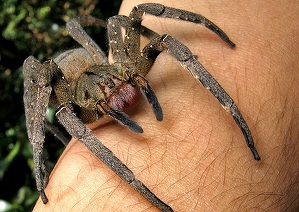
This aggressive species, dubbed the Brazilian Spider-Spider or Army Spider, entered the Book of Records as the most venomous spider in the world.
The Brazilian spider is nocturnal, does not build sails, but actively seeks prey through the jungle.
7.It is believed that there are at least 40,000 species of spiders in the world
8.Not all arachnids are spiders. This class also includes scorpions, opils and ticks. Opils, also called mowers or field spiders, have a similar look to spiders, but with very long legs to the body and do not weave sails like these. They are not poisonous and do not pose a danger to humans.
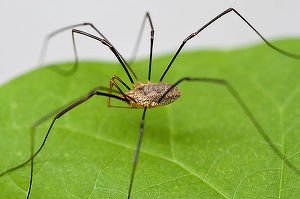
There are more than 6,400 species of opilions worldwide.
9.Spiders consume large amounts of insects over a year. They help keep mosquito and fly populations under control, which are important vectors for various diseases.
10.When a spider wants to grab a new net, he first taps the old one into a ball. Some spiders even eat this ball.
11.Most spiders have eight eyes. There are also species that have 12 eyes. Most eyes are only used to make the difference between light and darkness, while a small part gives them a very good view and they are used for hunting.
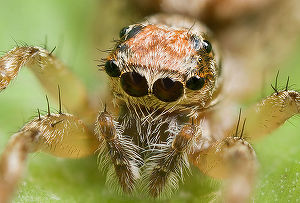
Experiments have shown that some spiders have the ability to recognize and respond to specific shapes on TV monitors. In addition to the very good view, they have developed many prone and hazard detection systems.
12.It is useless to use pesticides to remove spiders. They will return to a place where pesticides have been used because they are not seriously affected by insects.
13.Pejans can help you get rid of the damage that insects such as termites can create because they are their natural predators.
14.The irrational fear of spiders is called arachnophobia. Psychologists blame man's visual system for our fear of spiders. They believe that the so-called "ancestral mechanisms" devoted to the rapid detection of immediate and specific dangers, such as snakes or spiders, have been retained by the visual system and persisted even in the course of human evolution.
This is the result of a new study by two American psychologists attended by hundreds of students. They were seated at the computer and were asked to choose the longer line of a cross on the screen. After doing this a few times, the researchers added an object on the screen for only a few hundred milliseconds. Practically, if the participants were blinking, they could not even notice it.
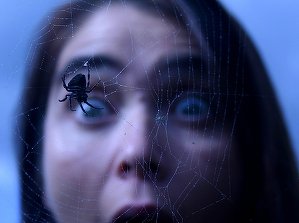
Psychologists have shown on the screen the image of a hypodermic needle, a modern danger, that of an insect that presents no danger, namely a fly, and that of a "ancestral danger" - a spider.
Less than 15% of the test participants noticed and identified the spot on the screen where the needle had appeared. Only 10% successfully identified the place where the bite appeared, being too absorbed by the burden they had to distract them.
However, more than half of the study participants were able to recognize and accurately indicate where the spider had appeared on the screen.
15.The babies we find in the sinks or in the bathtubs have not entered the house through sanitary facilities. They are thirsty beings who live in an environment that is not rich in water, so they often venture into such places in the bathroom. If it's sink or slippery porcelain baths, the spiders can not go back after drinking water and stay stuck there..jpg)